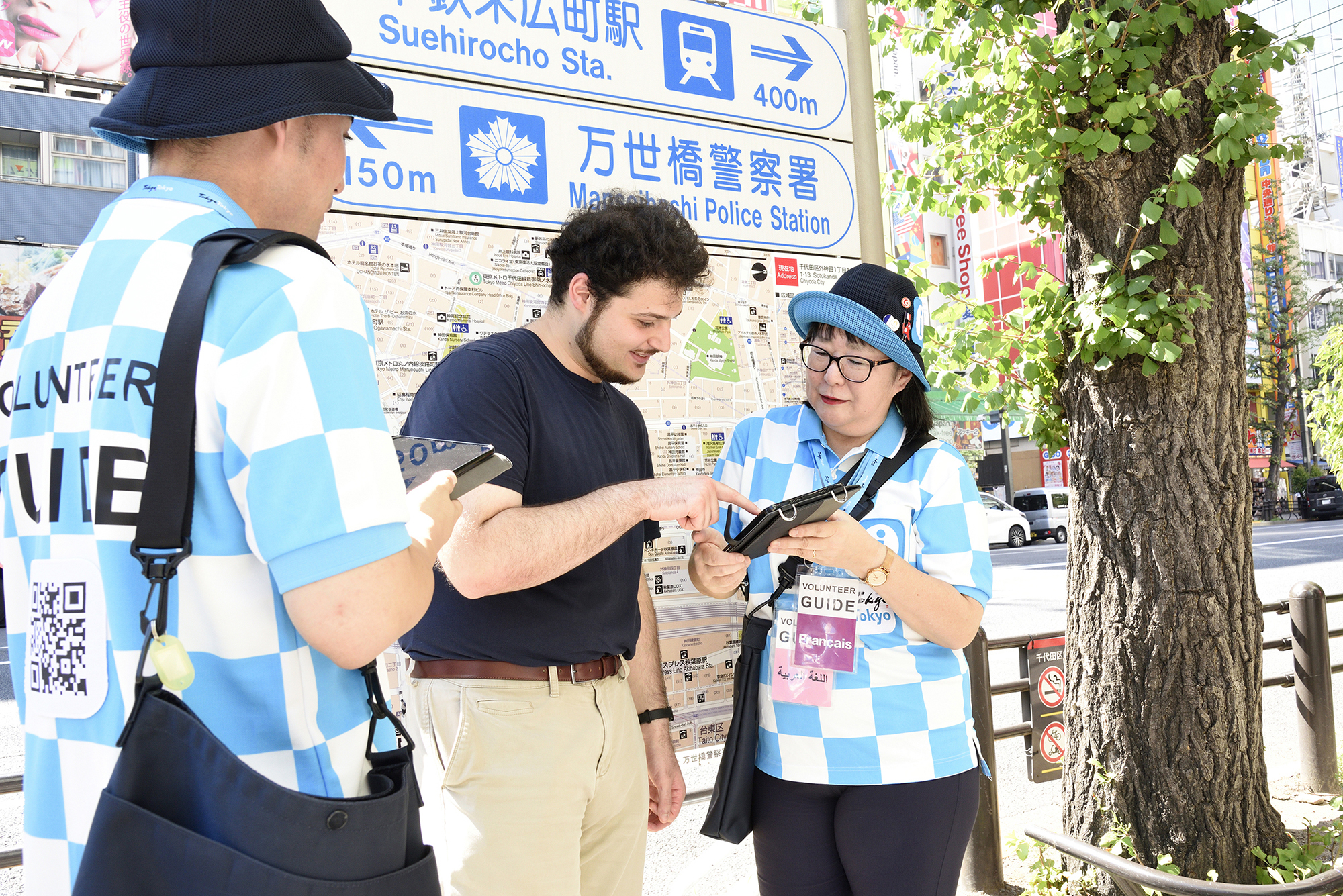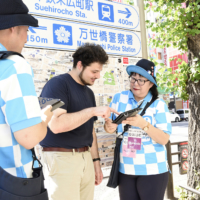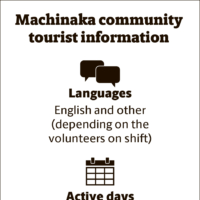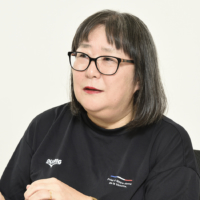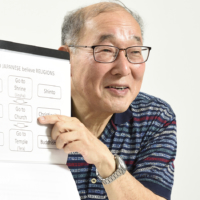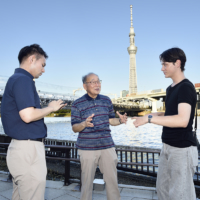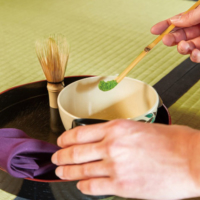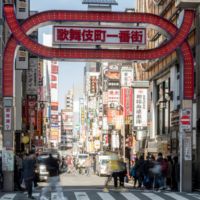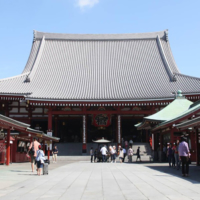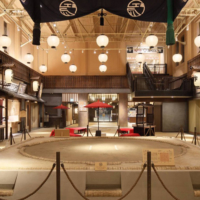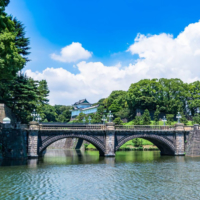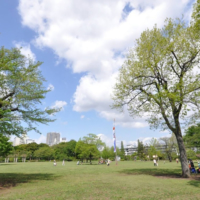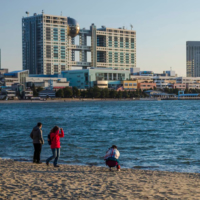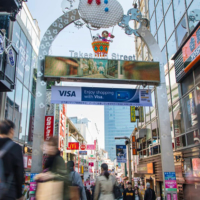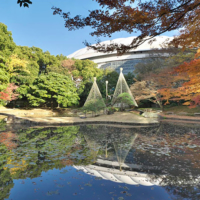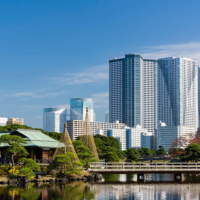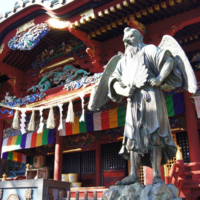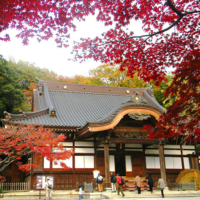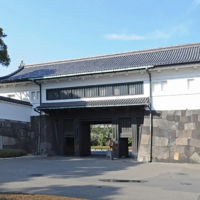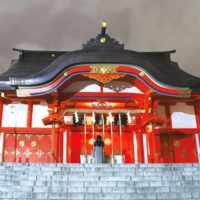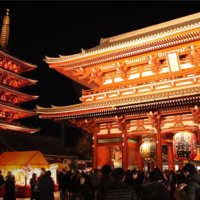Have you ever seen people in sky-blue checkered uniforms talking to foreign visitors on the streets of Tokyo? They are tourism volunteers who provide guidance in various languages as part of an initiative by the Tokyo Metropolitan Government.
According to Tokyo Metropolitan Government statistics, the number of foreign visitors to Tokyo in 2024 set a record high of about 24.8 million. This represents a 26.9% increase from the previous year, and a 63.3% increase from 2019, before the COVID-19 pandemic.
Due to the influence of social media and other factors, destinations are diversifying, and travel methods are becoming more complex. Even among popular tourist spots and routes, the level and availability of multilingual support varies.
That is where tourism volunteers come in. Their role is to help visitors experience a smoother and more immersive Tokyo visit.
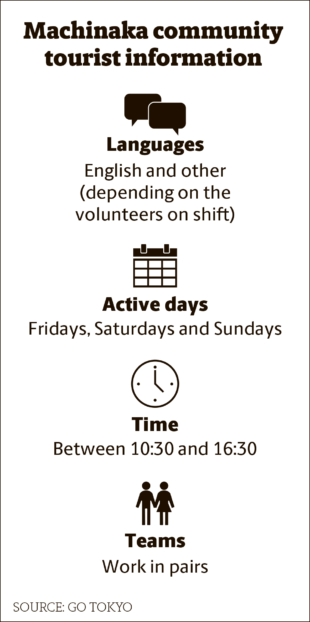
Their main activities are divided into four categories: machinaka (around town) community tourist information, tour guide services, Tokyo Metropolitan Government Building information/guide services, and volunteer dispatching services.
The key to finding machinaka community tourist information guides is to look for people in sky-blue checkered uniforms working in pairs. In addition to answering questions, the guides also actively approach foreigners who seem to be lost, in need of help or looking for something. The languages spoken vary, and guides wear a card around their necks listing the languages they speak.
Various routes available
Reservation-based services that offer guided tours along 16 preplanned routes allow visitors to select a route and a language preference, and pay only the costs incurred during the tour, such as transport and admission fees. Two guides are assigned to each tour, with the number of participants capped at five.
Tours are available in English, French, German, Italian, Spanish, Chinese and Korean.
Of the 16 routes, the Asakusa Night Tour (Route 16), which passes by the illuminated Sensoji Temple and along the Sumida River, and the Shinjuku Night Tour (Route 15), which introduces Shinjuku’s lively nightlife, are among the most popular. Among the less orthodox tours is one that features a walk from the government-centered Kasumigaseki district to the business districts of Hibiya and Marunouchi, showing off Japan’s representative modern architecture and offering a peek inside the National Diet Building (Route 10), or a tour through a department store basement food floor known as a depachika (Route 2).
There are also services that show visitors the viewing areas of the Tokyo Metropolitan Government Building (City Hall).
In addition to the Tokyo Metropolitan Assembly Hall, participants can explore the Information Room, which explains about the city, souvenir shops, tourist information center and cafeterias. From the 202-meter-high observation deck, people can enjoy sweeping views of the capital, including Tokyo Skytree and Tokyo Bay. On clear days, people may even catch a glimpse of Mount Fuji.
The 40-minute tour is offered in English, Korean and Chinese on Monday through Friday from 10 a.m. to 3 p.m., departing from the Tokyo Tourist Information Center Main Office at City Hall. Reservations are not required.
Overseas experience
In addition, tourism volunteers are dispatched to events and international conferences, where they perform roles such as providing information and assisting with administrative tasks. Examples include welcome ceremonies for the Tokyo Marathon and for cruise ships arriving at Tokyo port.
As of April, there are over 3,000 volunteers registered to provide guide services in 21 languages. Many have experience living abroad and a large number also have experience volunteering at international events, such as the Olympics.
The volunteers come from a wide range of backgrounds, including corporate workers and former members of the Japan Overseas Cooperation Volunteers, part of the Japan International Cooperation Agency, the government’s main provider of overseas development assistance.
The volunteers tend to be curious, outgoing and eager to take on new challenges.
Leveraging language skills
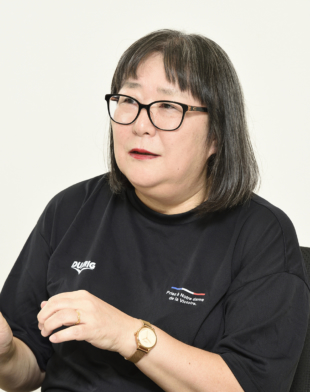
Masako Nii is one of the multilingual volunteers, speaking English and Arabic while also studying French, which she picked up during a year of exploration in Europe after working for a major manufacturer for four years. Her passion for Lebanese singers led her to learn Arabic, which comes in handy for her volunteer work. Nii said that when she speaks to visitors from Arabic-speaking countries in their native language, they are often surprised and delighted.
Nii has been to 25 countries, including the U.S., Thailand and Tunisia.
“I was treated kindly by the locals, which made me want to pay that kindness forward. When I saw the call for volunteers for the Tokyo Olympics and Paralympics, I thought it was the perfect opportunity,” she said.
Nii used her English and French skills to assist VIPs at the events. After learning about Tokyo’s tourism volunteer program, however, Nii became an active participant from 2023.
Toshio Takagi started volunteering in 2017 to support the 2020 Tokyo Olympics. While working for a major manufacturer, he got the opportunity to work in the U.S. for six years and experience the warmth of American hospitality.
Up-to-date information
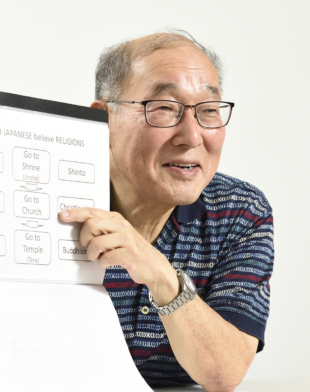
Takagi volunteers for both the machinaka community information and tour guide services. “Working as a machinaka community tourist information guide requires quick thinking,” he said. Because he never knows what he will be asked, it is crucial to have a wealth of information and the ability to find answers on the spot.
An added challenge is the fact that travelers come in all ages. “I feel my perspective has broadened by interacting with younger people in their teens and 20s — a group I didn’t have much contact with during my working life,” Takagi said. To better understand the interests of other generations and where they want to go, he gathers information by watching videos on the internet and other sources.
Nii also makes sure to stay up to date. She gathers information about new shops and attractions from TV and the internet, and by walking around the areas she works.
“Sometimes, actually seeing a place makes a completely different impression than just looking at a map. There could be new shops that aren’t on the map yet,” she said.
Takagi agreed. In Shinjuku, he saw a family — a father with two large suitcases and a mother pushing a stroller with one hand while holding a young child’s hand with the other — looking confused as they searched for something on the street. When he asked if they needed help, they said they were looking for a rental car company’s reception desk. They had made a reservation and followed the map, but they still couldn’t find the place.
“Luckily, I had been asked the same thing before and had found it. The reception is actually in the basement. Maps don’t always make it clear when something is underground,” Takagi noted.
Another conundrum involved finding elevators that go down to the massive labyrinth of underground shops and passageways that branch out from Shinjuku Station.
“I happened to know the location of the closest one, so I was able to give them directions.” His past experience proved useful, and the family was very grateful, leaving him happy to have been able to help.
In addition to Shinjuku, Takagi guides in several other locations. One place he recommends is the area near Harajuku Station, home to Meiji Shrine and Takeshita Street.
“It’s the contrast between the sacredness of the shrine surrounded by the freshness and purity of abundant greenery and the chaotic colors and noise of the fashion street that is fascinating. The charm of this area is that traditional culture and pop culture exist side by side, separated only by a single train line,” Takagi said.
“When I approach people who look like tourists, some of them are wary at first. But as we talk, they start to open up and enjoy the conversation. Sometimes I end up giving them not just directions, but detailed information about where to go in Tokyo.”
Recommendations and advice
Nii recommends the International Library of Children’s Literature, National Diet Library, which is about a 10-minute walk from Ueno Station. The library consists of two buildings. The Brick Building is a historic structure originally built in 1906 that houses the Imperial Library, and the Arch Building, which was completed in 2015 and boasts a modern design. Visitors can enjoy not only its vast collection of nearly 500,000 books, but also the beauty of the buildings. Admission is free.
She also recommends 2k540 Aki-Oka Artisan, under the elevated tracks of the Yamanote Line between Akihabara and Okachimachi stations. Here, there are about 50 workshops and shops where visitors can purchase a variety of handcrafted goods, including leather products, tableware, glassware, interior goods, jewelry, umbrellas and traditional crafts.
In addition to the machinaka activities, Takagi guides 10 of the 16 routes offered by Tokyo’s tour guide services, including those to western Tokyo, such as Mount Takao (Route 12), Jindaiji temple, Inokashira Park and the Kichijoji area (Route 13).
“Strong communication skills are essential for this activity,” he said. He not only explains the tourist spots along the routes, but also provides deeper insights into Japanese culture based on each traveler’s interests.
“People seem to enjoy these conversations and it gives me joy and a real sense of fulfillment,” Takagi said.
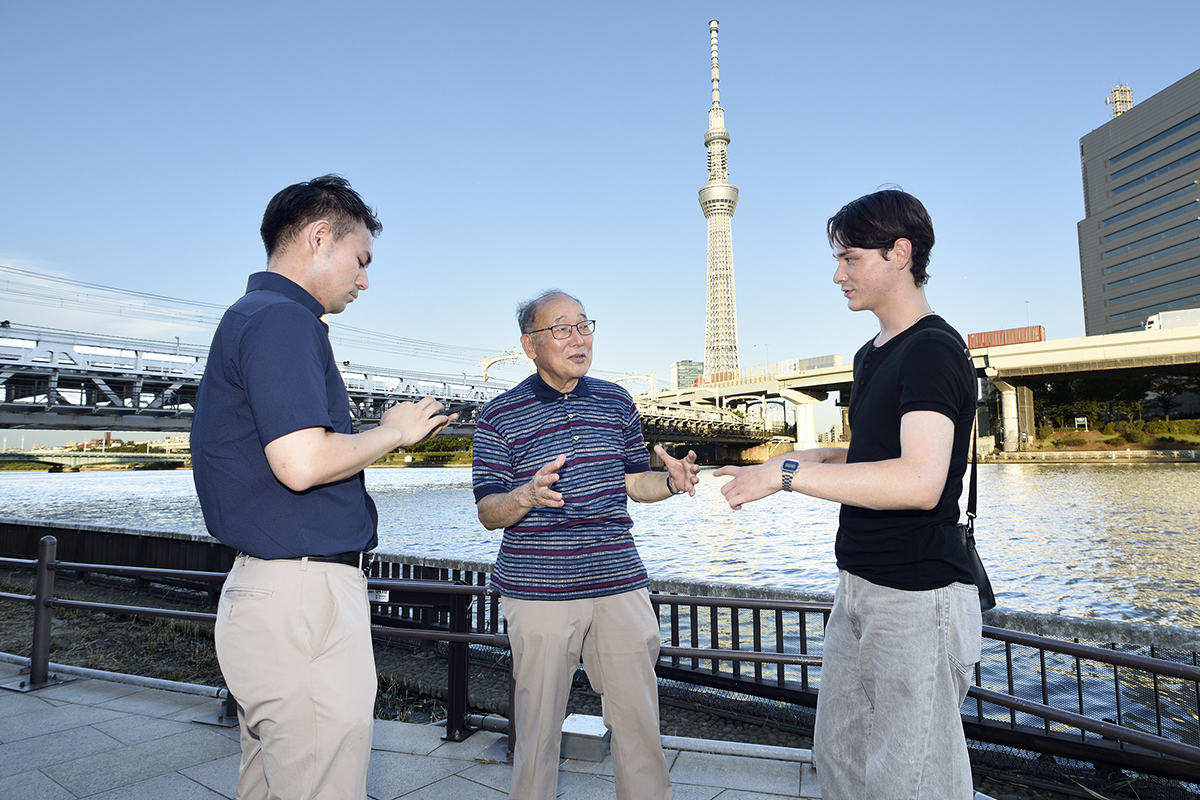
He carries materials in foreign languages that he created himself, explaining topics such as Japanese religious views and the differences between Shinto shrines and Buddhist temples. The materials are constantly updated based on questions asked by travelers and topics that received positive feedback.
Nii said it is a good idea for volunteer guides to know how country names are pronounced in English, as well as some basic geography and knowledge of international affairs. When volunteering on the street, guides start by speaking in English and asking travelers where they are from. But the difficulty Japanese face in pronouncing country names in English often leads to awkward moments.
Showing you know someone’s country puts a visitor at ease.
Applications for volunteers are accepted annually, with the next recruitment period closing on Nov. 25. Applicants must be 18 or older as of March 31, 2026, and there are no restrictions on nationality.
Requirements include a desire to learn about Tokyo’s tourist attractions and the role of volunteer guides, an ability to engage in activities with a spirit of hospitality, the ability to communicate in foreign languages and a capacity to participate in activities at least once a month. All applicants will undergo a document-based screening process.
Applicants must fill out a form on the Tokyo Metropolitan Government’s Bureau of Industrial and Labor Affairs website. Those selected are required to attend training, which is scheduled for around February prior to the start of activities for the next fiscal year.
“You may feel a little nervous at first, but you will always be paired with at least one other volunteer, so you can help each other out. I hope many people will find the courage to apply,” Nii said.
Tour guide services
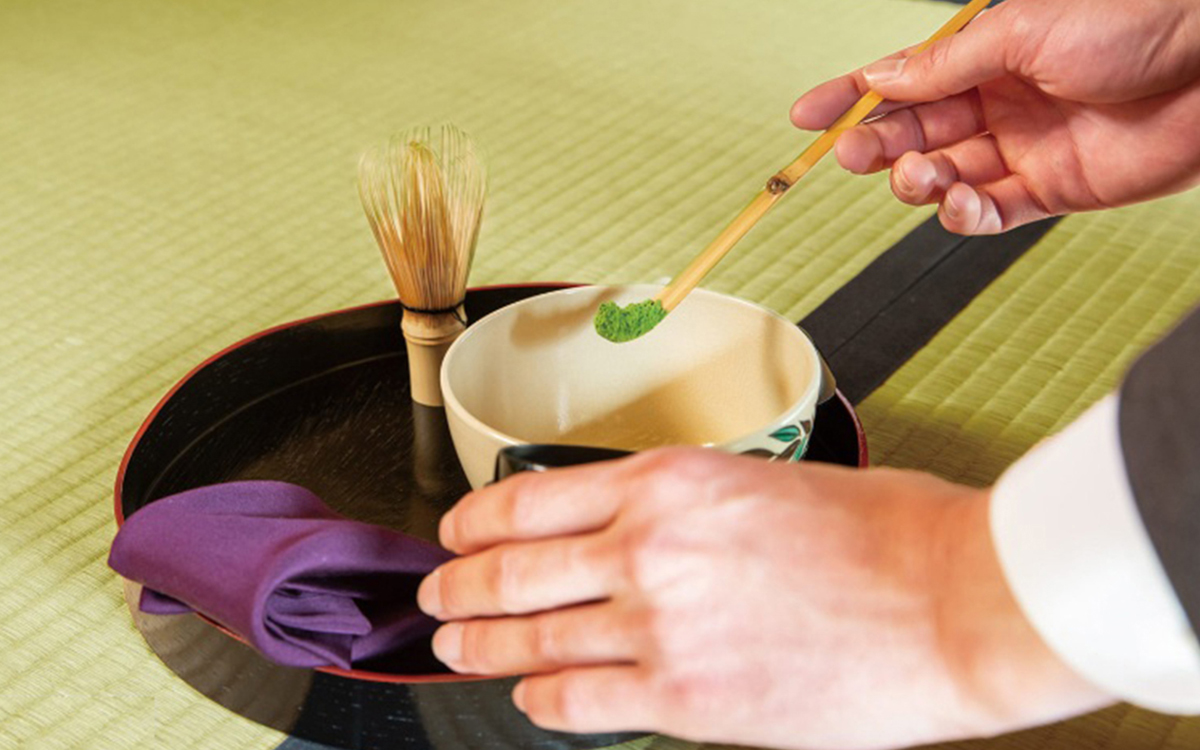
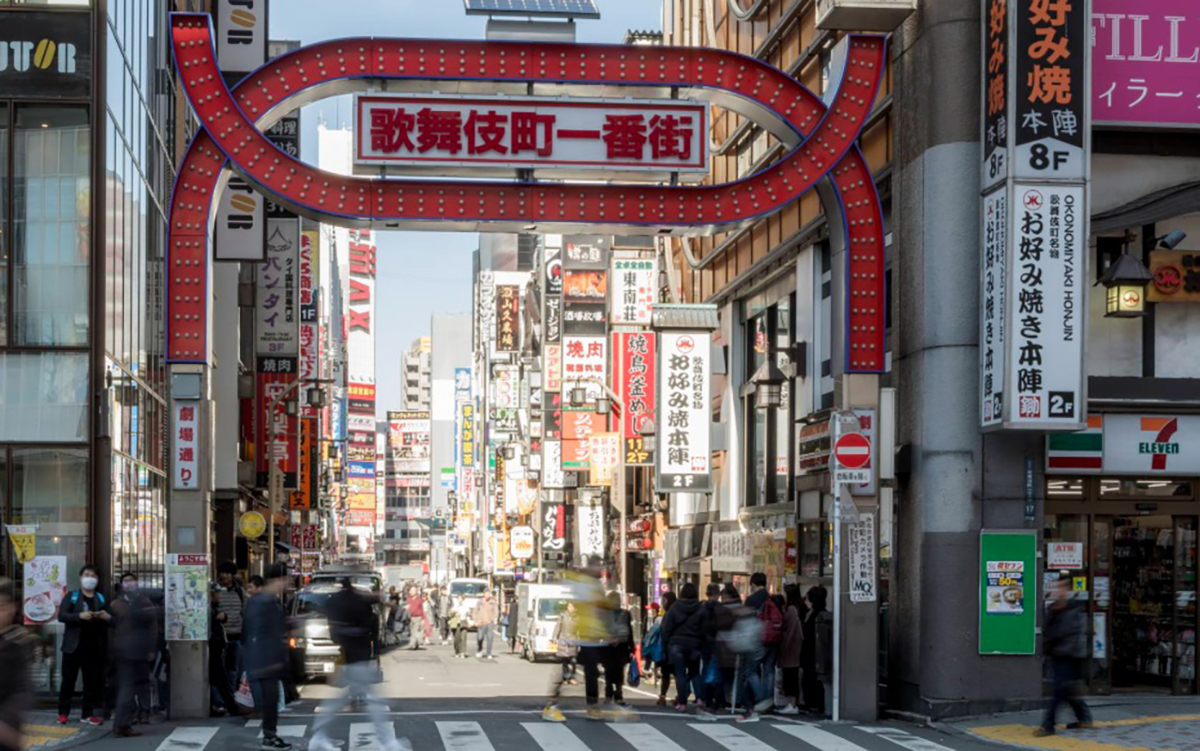
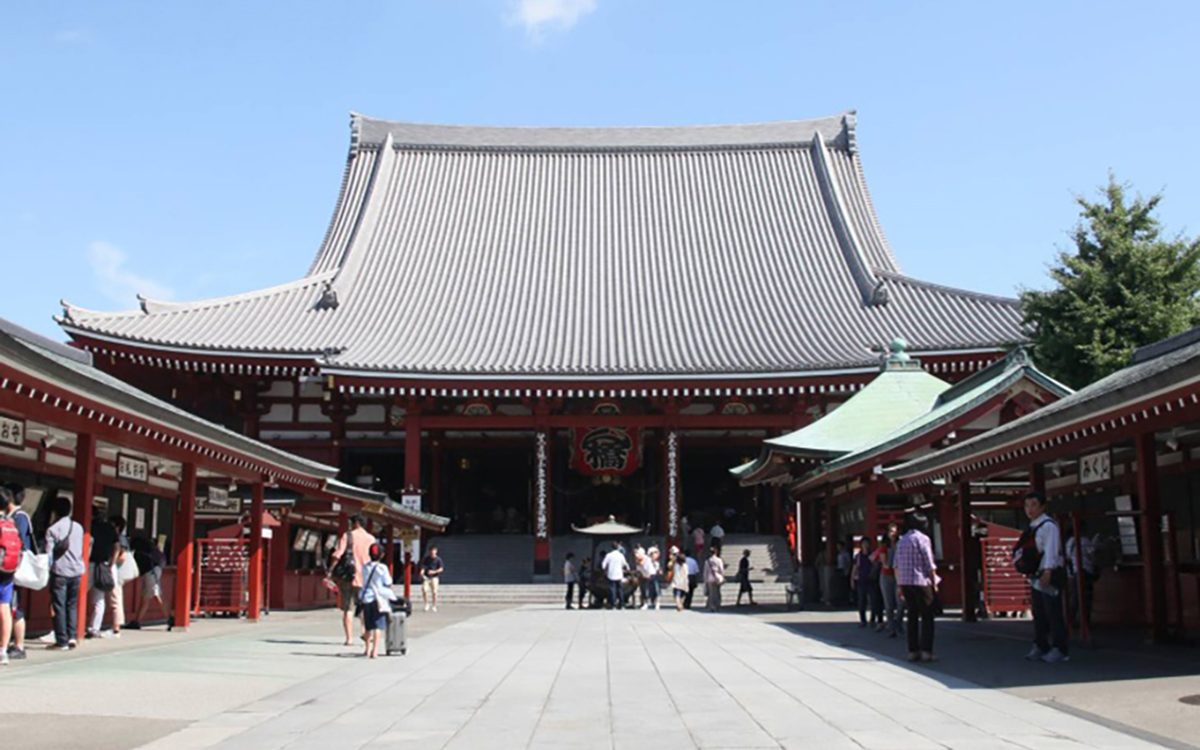
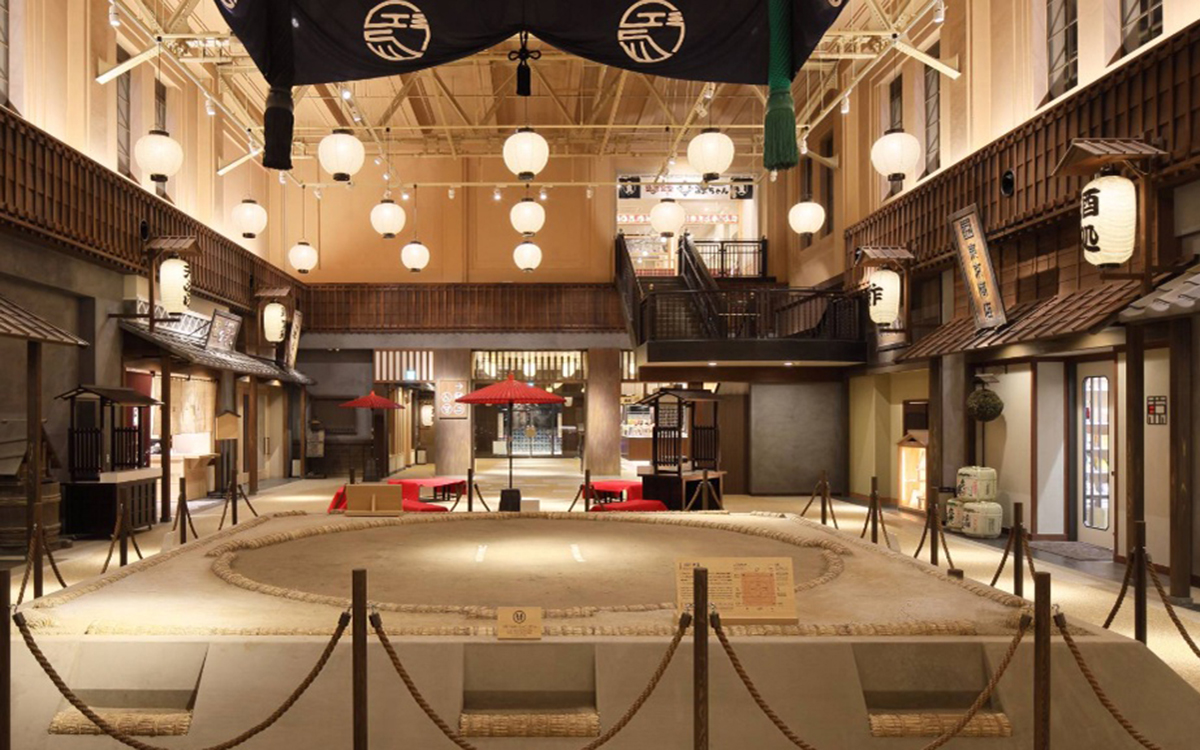
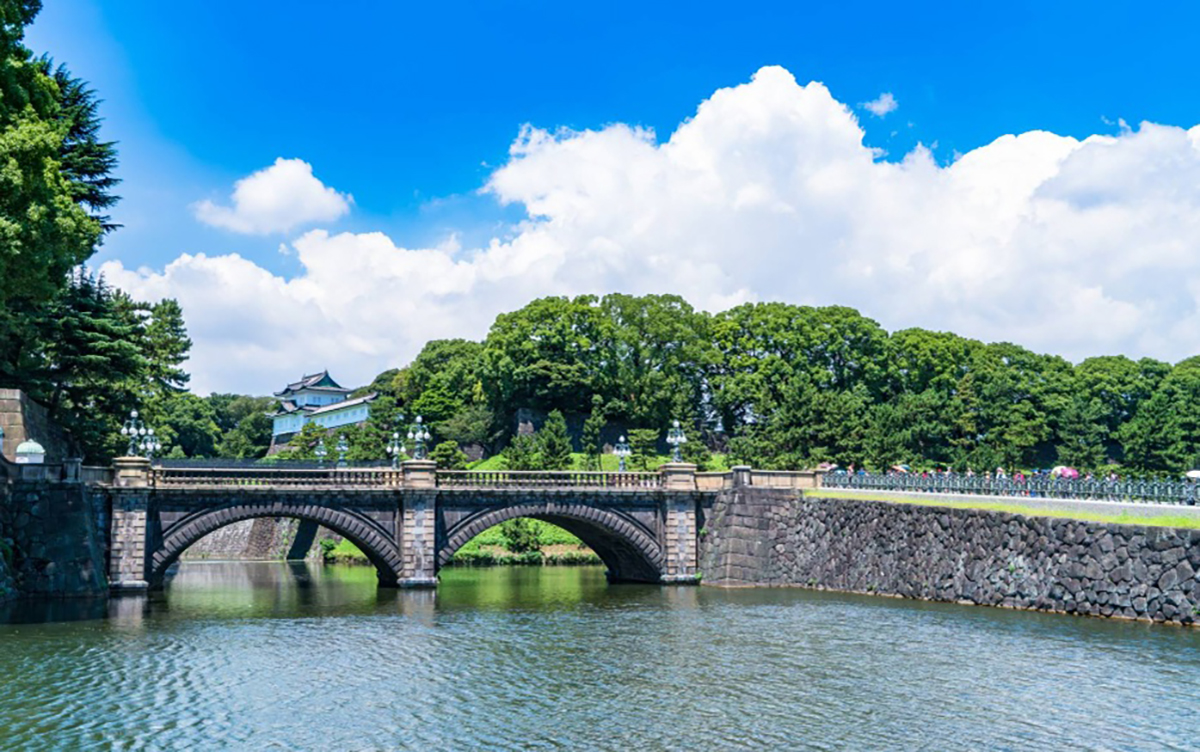
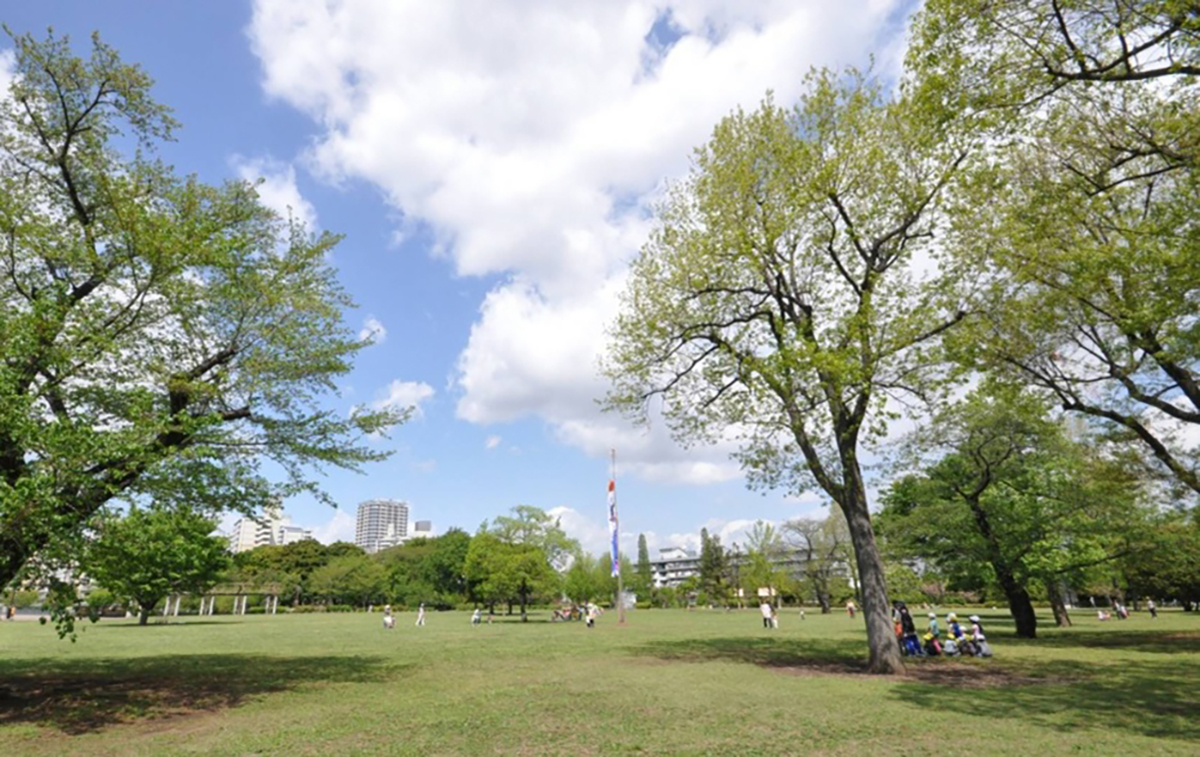
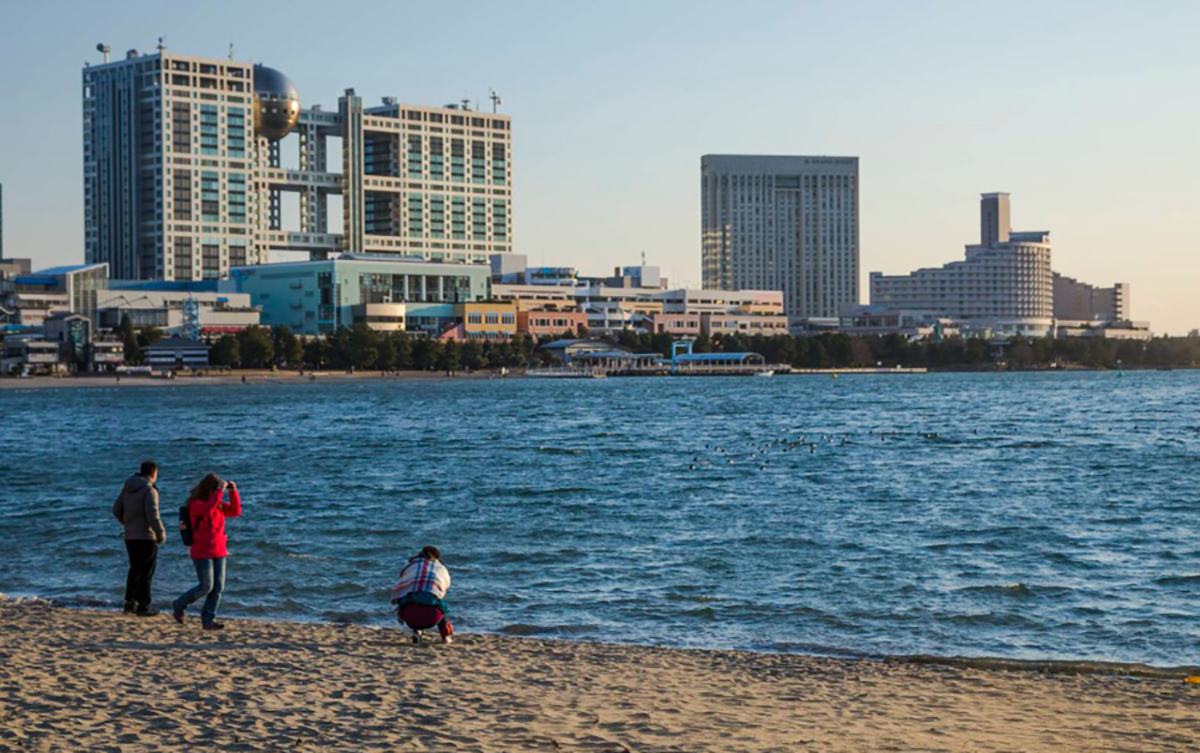
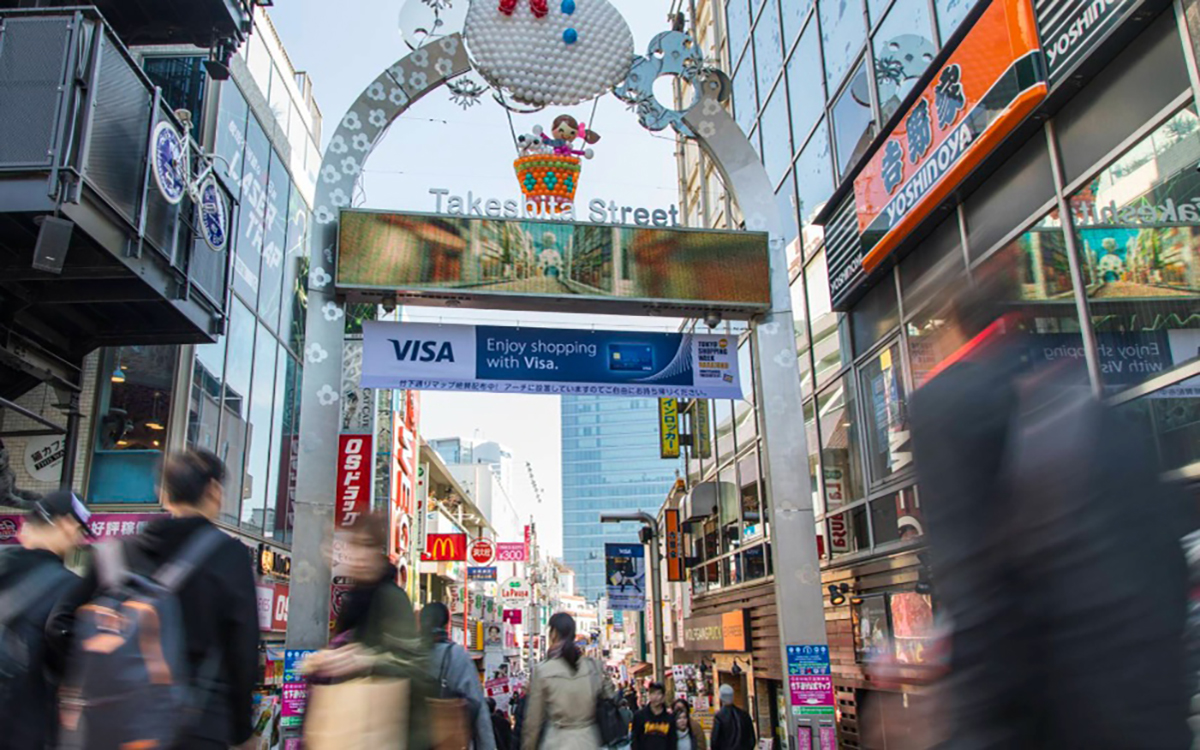
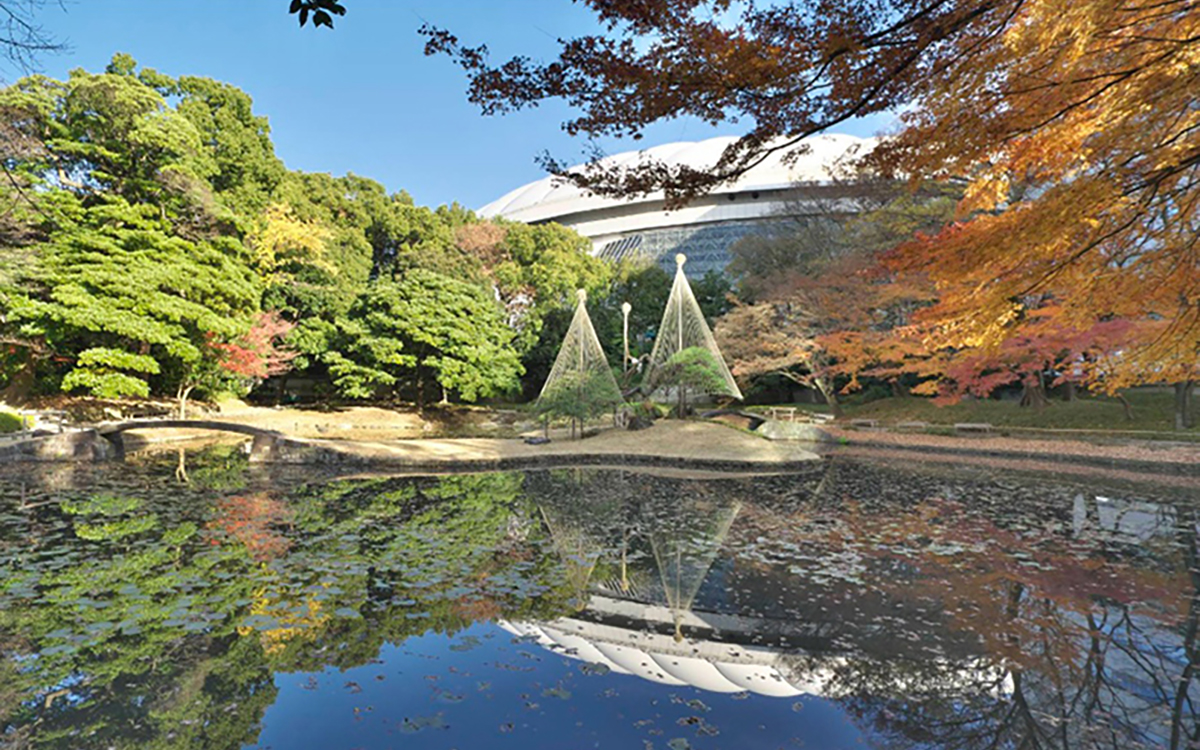
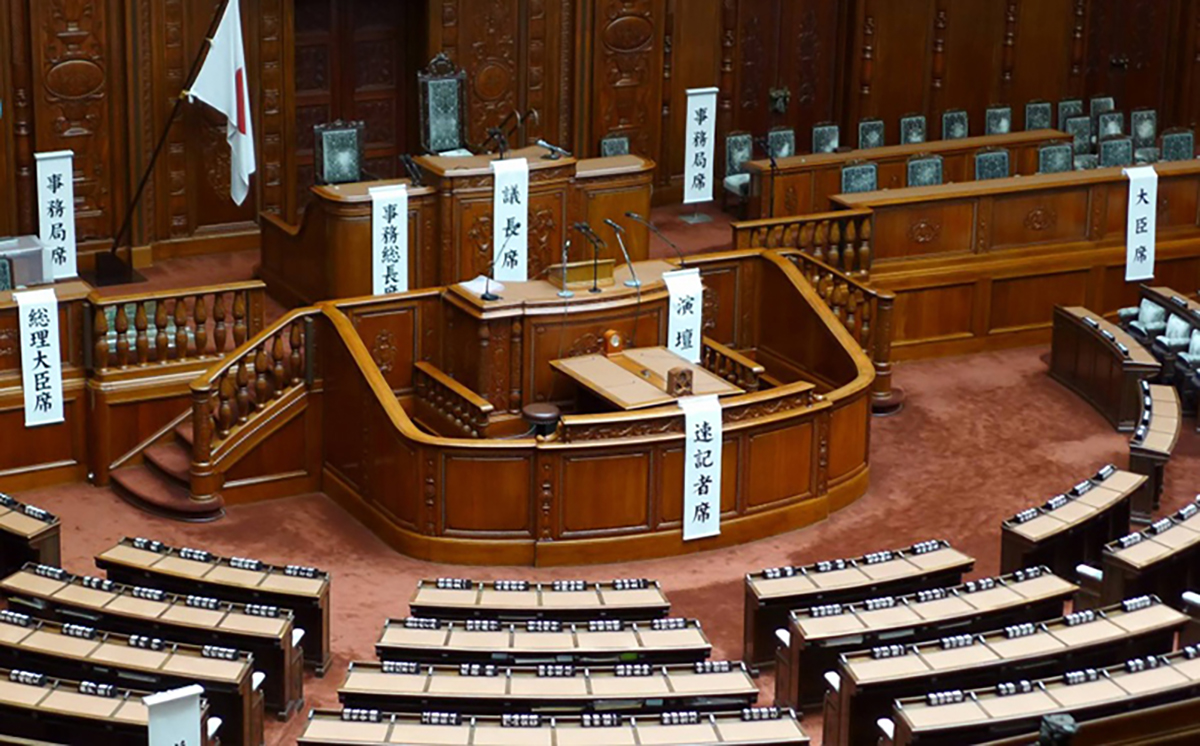
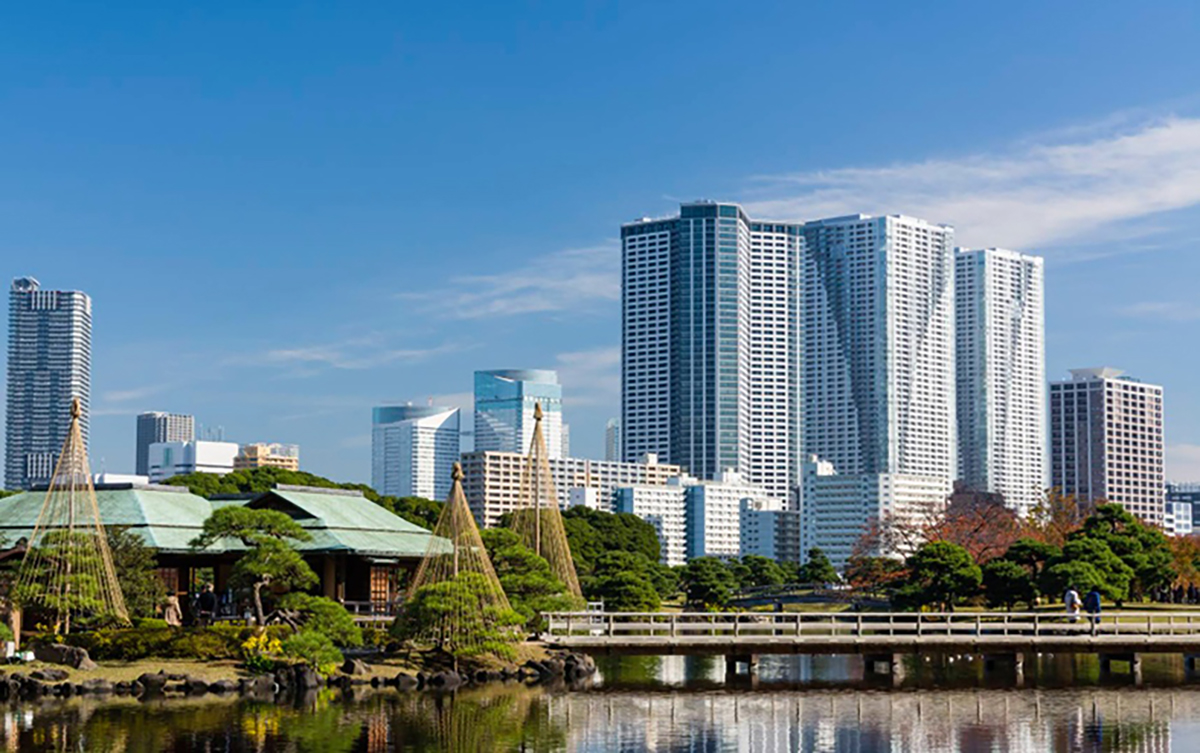
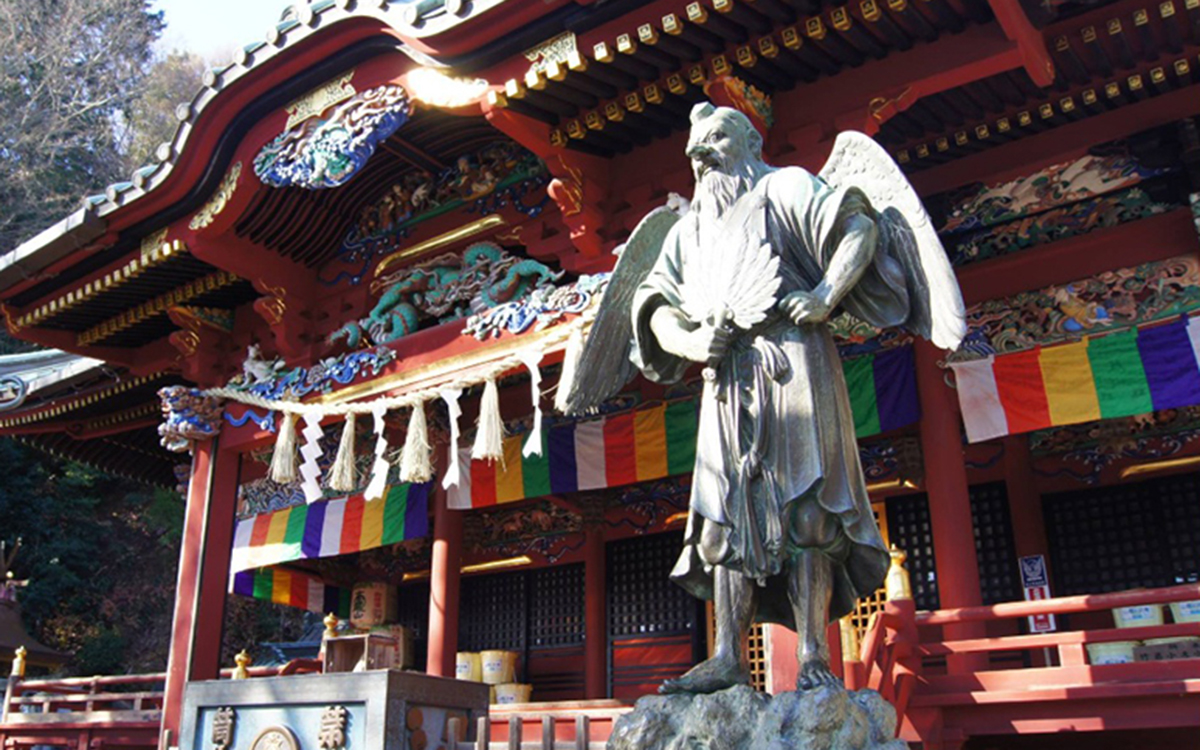
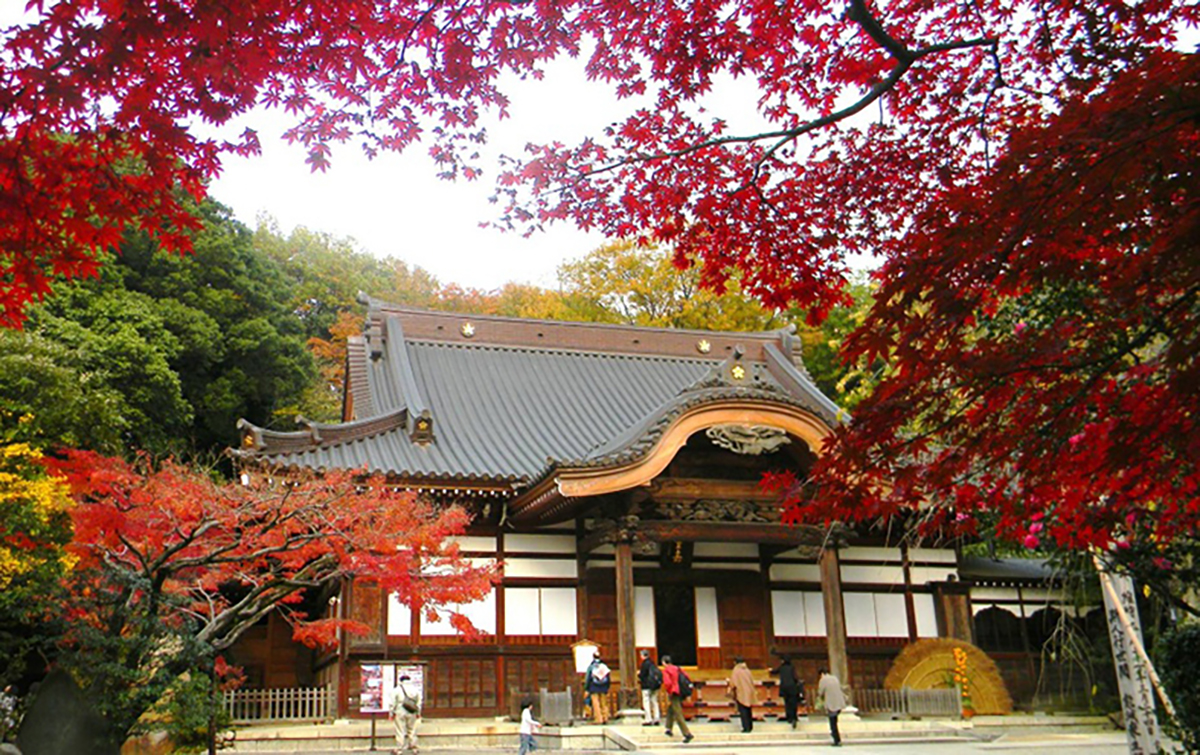
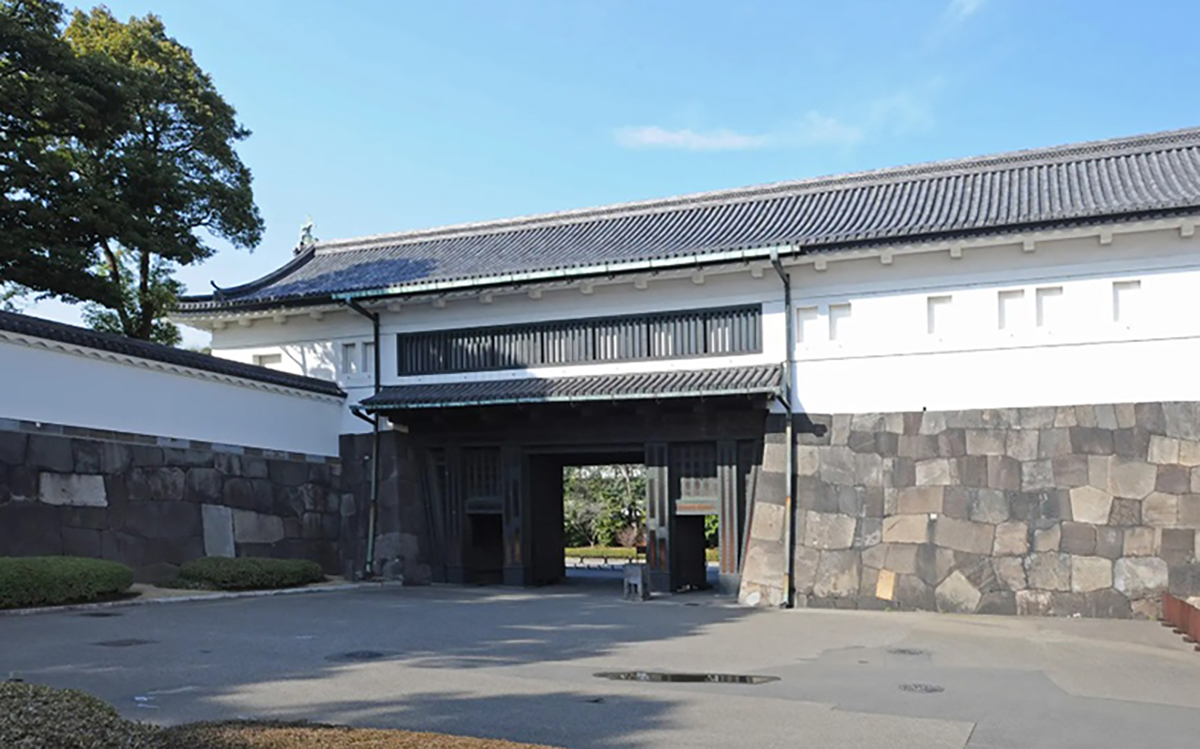
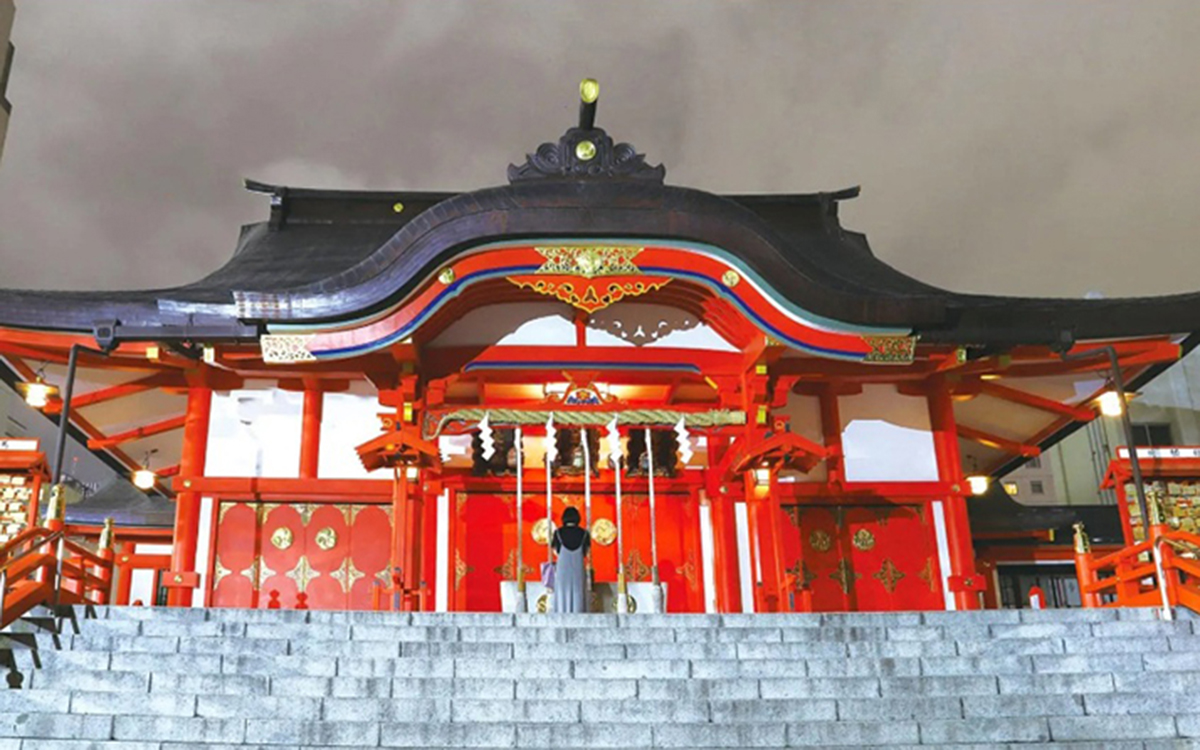
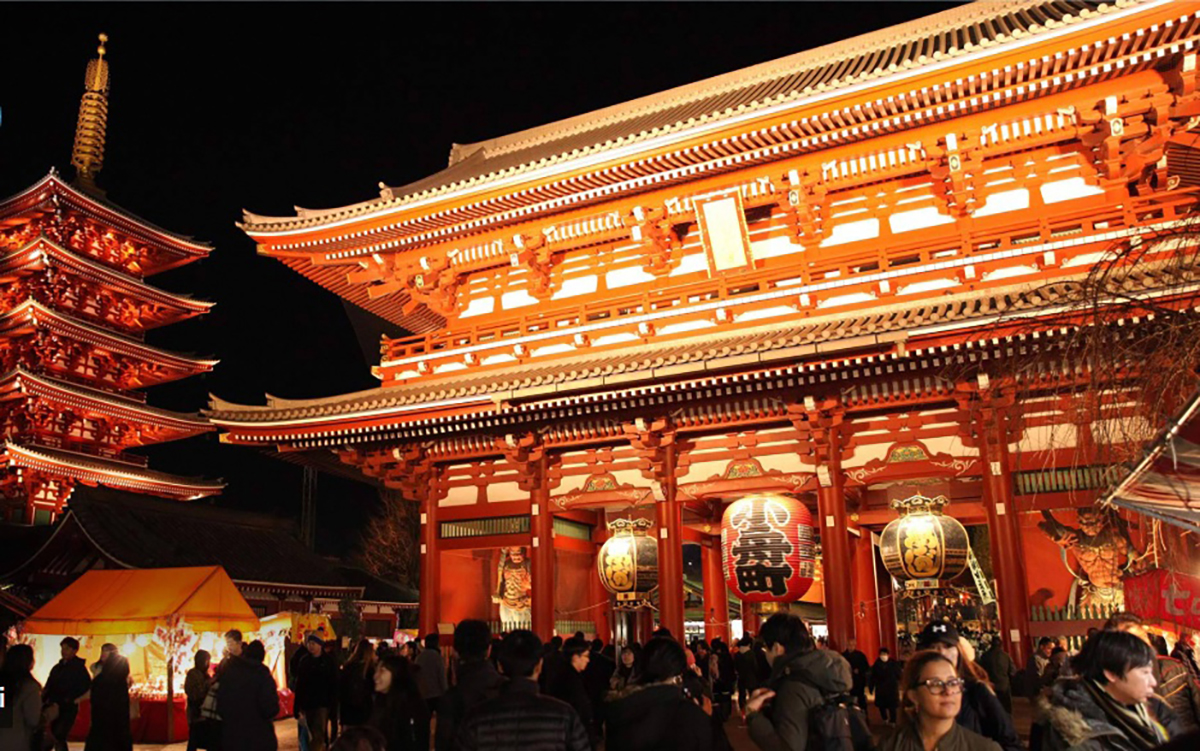
This article is sponsored by the Tokyo Metropolitan Government.
Recruitment info: https://www.sangyo-rodo.metro.tokyo.lg.jp/tourism/volunteer/volunteer2
GO TOKYO: https://www.gotokyo.org/en/guide-services/index.html



